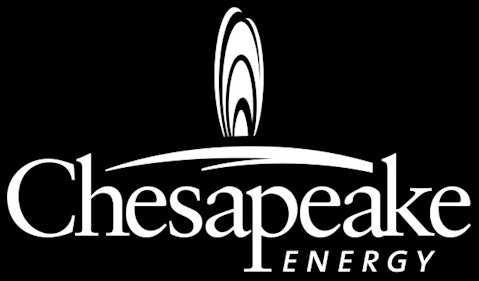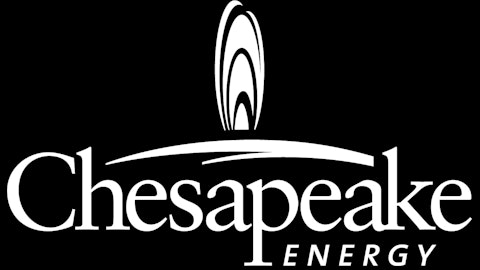Investors who want to get in on the fracking boom had a bandleader in Aubrey McClendon.
The founder of Chesapeake Energy Corporation (NYSE:CHK) believed from the start that fracking – cracking shale deep underground with sand and water under high pressure – could unlock vast oil and gas riches. And history has proven him right.

But the bandleader is not always the right man to lead the band, and if you followed the bandleader into the oil market you’ve been burned. You need a new oil tune to play, and once I show you what can go wrong here, I’ll give one to you.
The Problem With Chesapeake
I started covering Chesapeake Energy Corporation (NYSE:CHK) regularly early in 2012, when it decided to cut east coast natural gas production and focus on more “liquid rich” deposits in Texas and Ohio.
The decision to cut production, by Chesapeake and others, and to even flare or burn away gas deposits found with liquids in North Dakota’s Bakken Field, has had the desired result. Prices have nearly doubled since early 2012, and gas is selling at nearly $4/mcf.
But this has not helped Chesapeake shareholders. That’s because, in order to get at the gas, McClendon leveraged the company to the hilt. Asset sales were insufficient to let him keep his job – he “retired” in January and is now being investigated by the SEC.
There was hope among analysts that Chesapeake Energy Corporation (NYSE:CHK)’s move against its founder would boost the stock, and it has, a little – it’s up almost 20% since the retirement was announcement. But that still leaves it below its level of a year ago, and down two-thirds from its glory days. It’s just not a gusher.
Oasis A Better Play
A better way to play is with Oasis Petroleum Inc. (NYSE:OAS).
The stock is up 21% over the last year and is rated a buy by Sterne Agee. Their acreage is in the Williston Basin, a super-set of the super-hot Bakken Shale play.
The company has enough cash to drill its best acreage, and while it carries some debt, the company is easily able to service it. Its biggest risk lies in the potential of a play called Three Forks, on the southern end of the Bakken play, where test wells to test the play’s potential are now going in. So far, however, the play has been successful.
The managers of Oasis came from Burlington Resources, which was acquired by Conoco Phillips in 2006. They have a track record of steadily increased production. They care about efficiency, and they tend to keep their mouths shut.
The profits from all this activity are yet to come, so the present price remains speculative. But pipelines are coming to take out the gas, and there is a lot of rail capacity to take out the oil until oil pipelines reach the play.
Still, look at the financials before going into any oil exploration company. Oasis’ debt-to-assets ratio is about .5, which is acceptable, its operating margins are near 30%, and its operating cash flow is positive. The winning poker player is not the one who is making the most noise at the table.
What To Look For
When looking to buy an oil exploration company, there are never any certainties, but there are some things you need to look for. You want to see acreage in good locations, near existing production, you want to see a record of efficiency in drilling the acreage, and you want to see a strong enough balance sheet to show the acreage can be drilled out.
Don’t listen to what an oil guy says. Read their numbers. Check their claims against what other drillers are doing. America is in the midst of its first oil boom in many years, and you can make yourself some money in it.
The article The Right Driller To Own (And The Wrong One) originally appeared on Fool.com and is written by Dana Blankenhorn.
Copyright © 1995 – 2013 The Motley Fool, LLC. All rights reserved. The Motley Fool has a disclosure policy.

